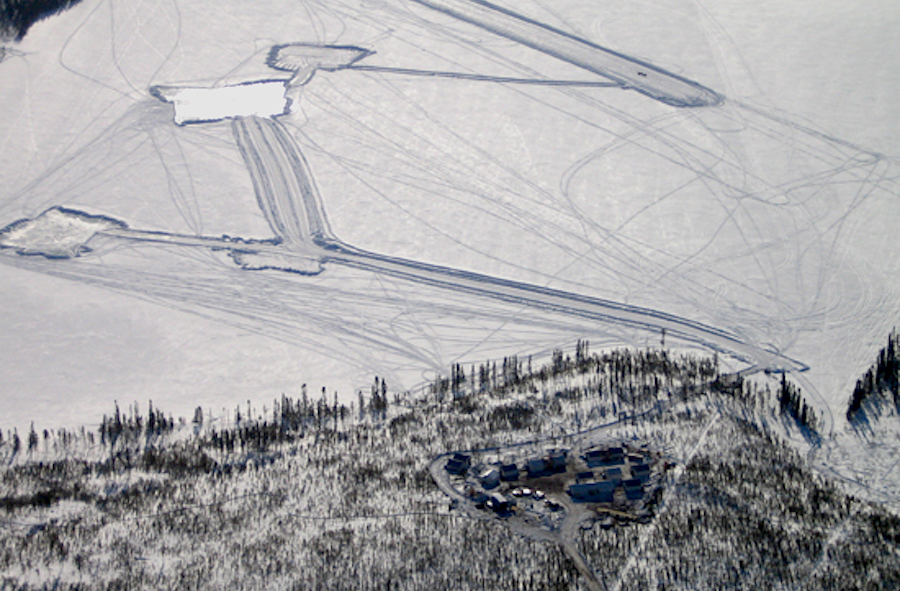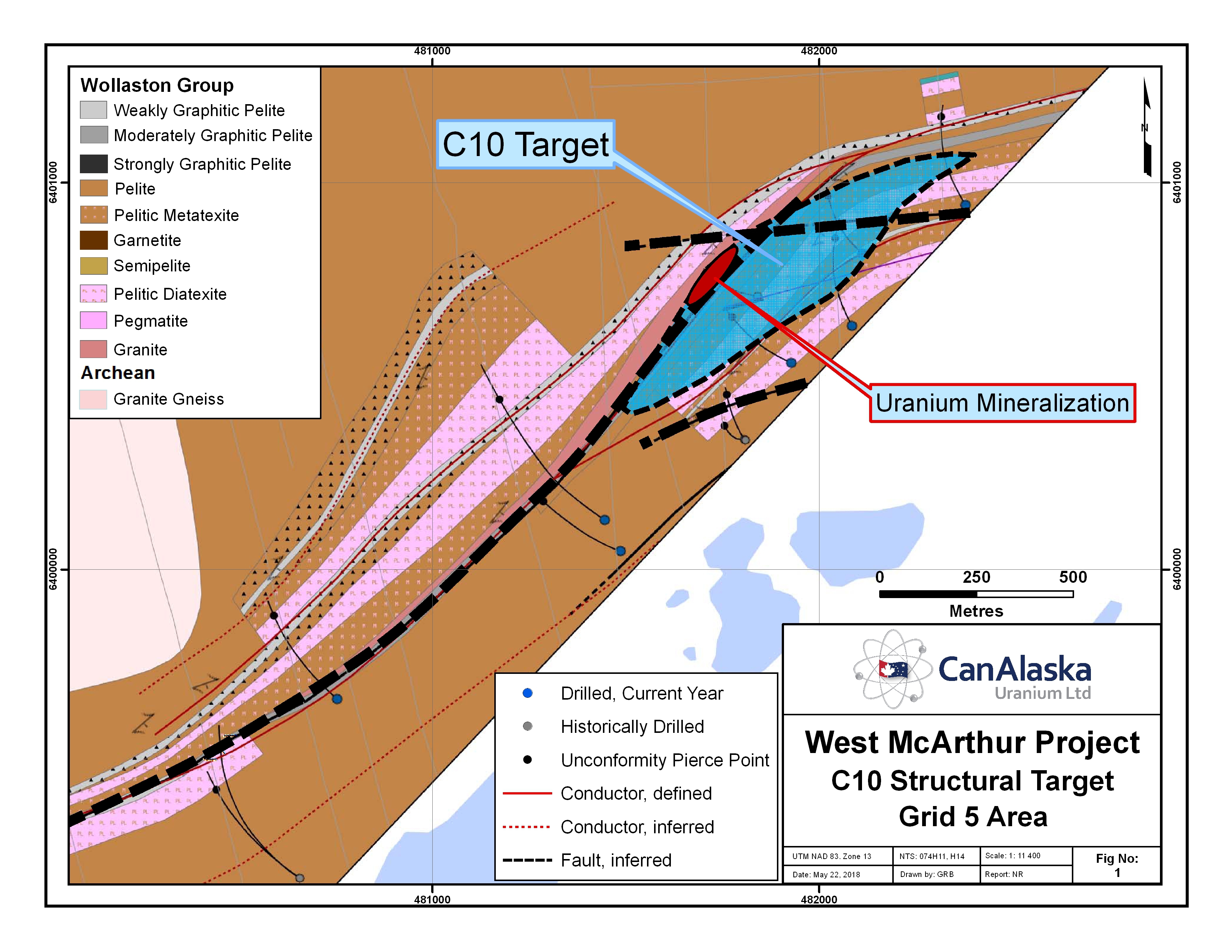CanAlaska Uranium, Cameco make headway at West McArthur project

Canadian junior miner CanAlaska Uranium (TSX-V:CVV) provided Thursday an update on ongoing summer work at the West McArthur uranium project, being carried by partner Cameco Corporation (TSX: CCO; NYSE: CCJ), the world’s top listed uranium producer.
Work at the asset, located immediately next to Cameco’s Fox Lake uranium discovery, has been focused on evaluating the C10 corridor, which is highlighted by the NE-striking conductivity high in the southern part of the property, CanAlaska said.
The team has been working around the northeastern part of that corridor, where several ground-defined conductive responses of varying strength were identified and will continue to do so over the summer to explain and locate the conductor, the company said. The activities will allow a better interpretation of the fault location, it noted.
CanAlaska hopes West McArthur, located in the Athabasca Basin in Saskatchewan, turns to be as promising as the neighbouring Fox Lake, which has reported inferred resources of around 68.1 million pounds based on 387,000 tonnes at 7.99% uranium.

(Graphic courtesy of CanAlaska Uranium.)
Cameco is carrying out the current work as part of an option to earn a 60% interest in West McArthur. The company, said partner CanAlaska, plans borehole surveys and a 3D modeling of complex mineralized system at the asset in the coming months.
Since the Canadian uranium giant cut production in January, the International Energy Agency and the World Nuclear Association have been expecting a rise in demand for uranium, though it’s still relatively soft.
Reactors in Japan are still in the process of restarting after the 2011 Fukushima Daiichi nuclear disaster, while Belgium recently announced its intention to phase out nuclear power.
But there’s hope — 55 reactors are currently under construction globally, and China and India continue to lead that charge as both have aggressive growth policies reliant on nuclear power.
Prices for the commodity briefly picked up early this year, they are still hovering around $21 a pound, a far cry from the $60 per pound they hit in 2011.
More News
{{ commodity.name }}
{{ post.title }}
{{ post.date }}




Comments